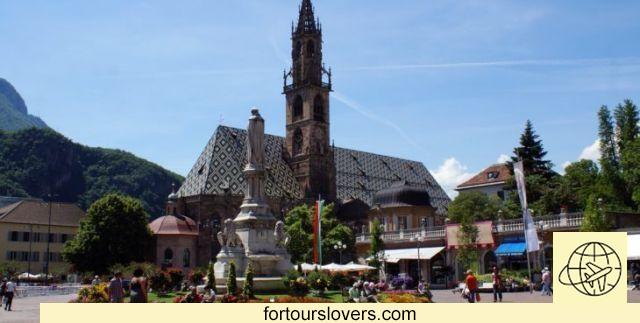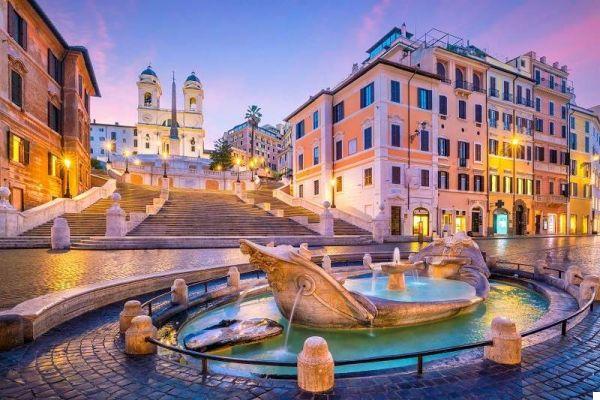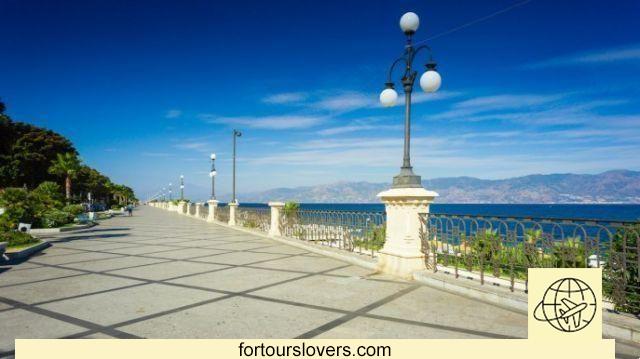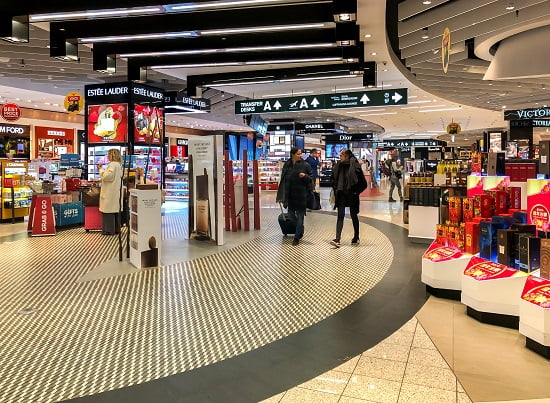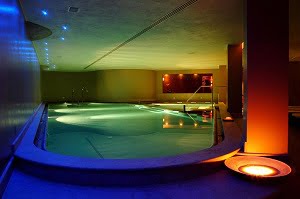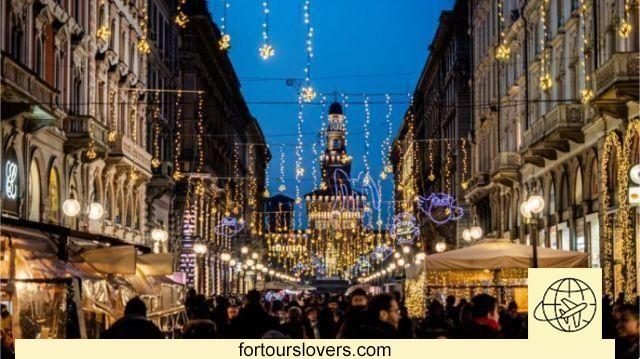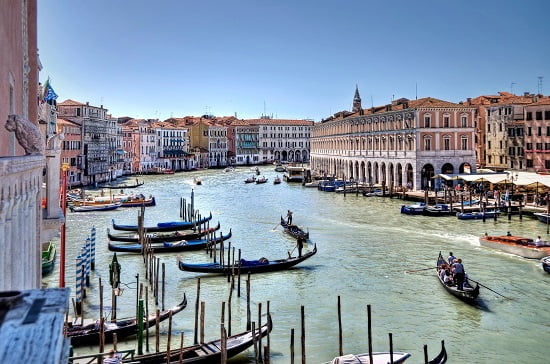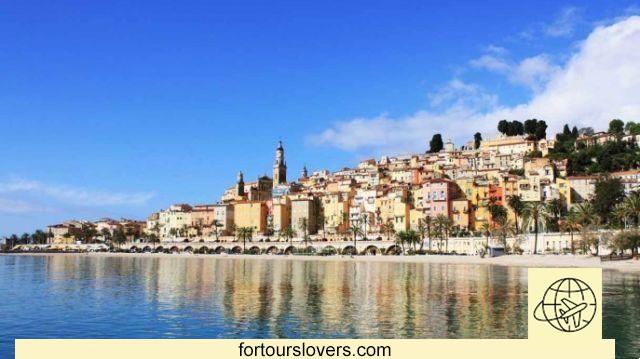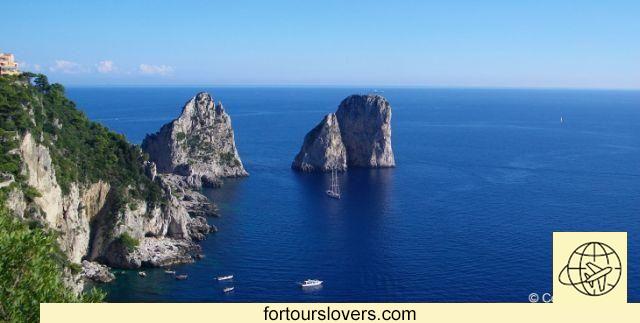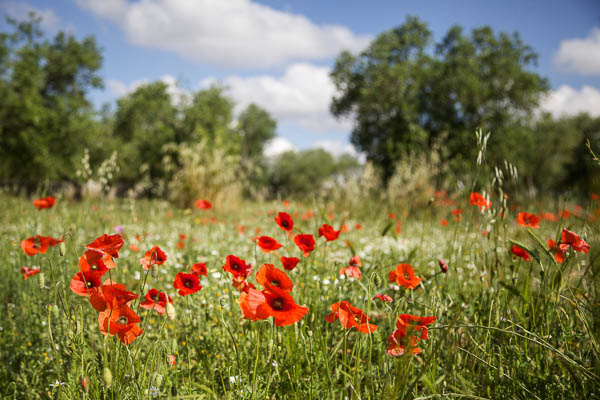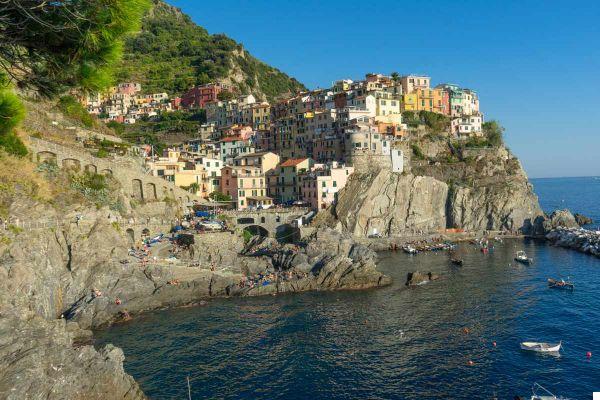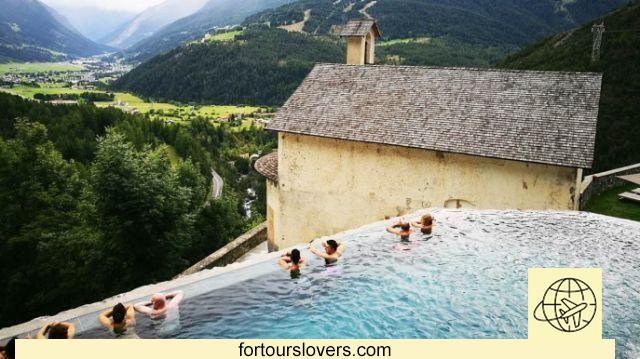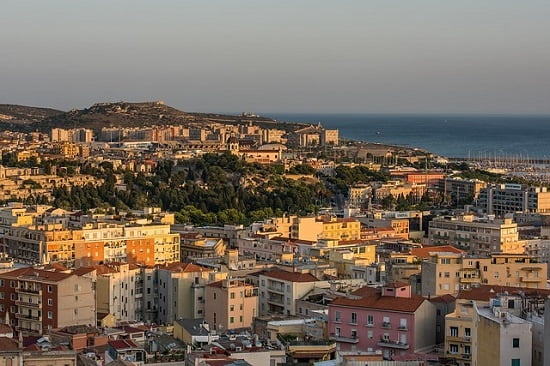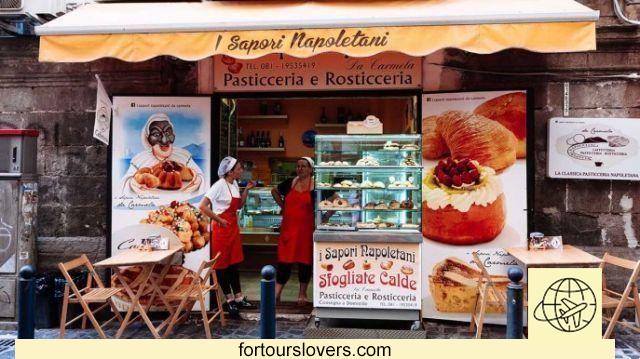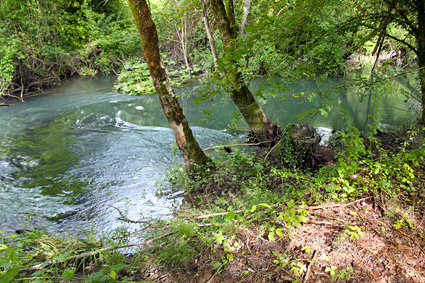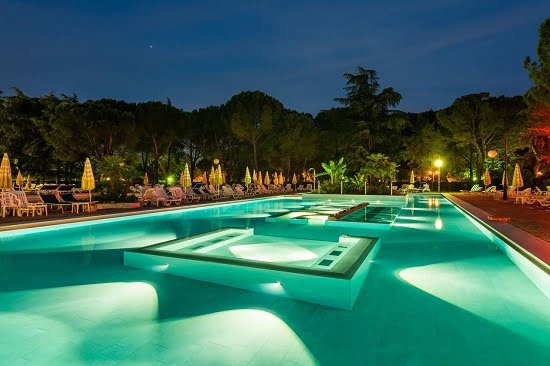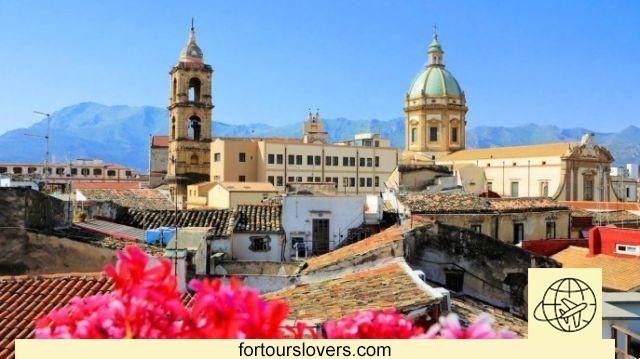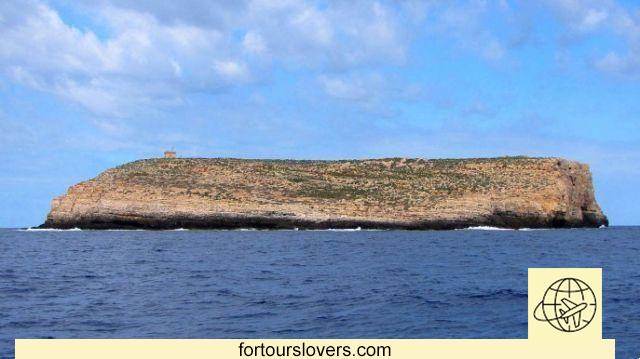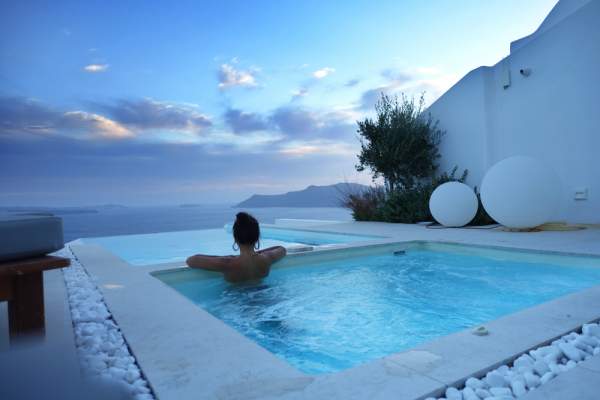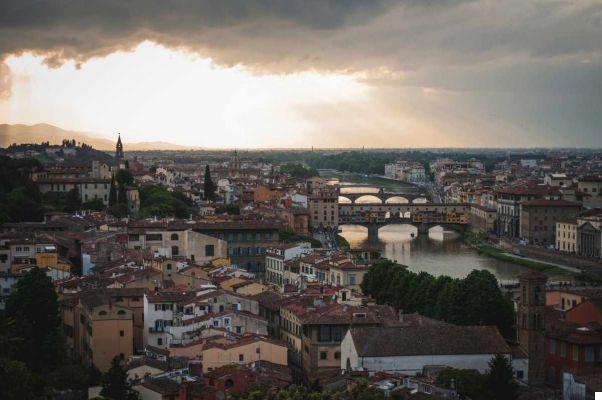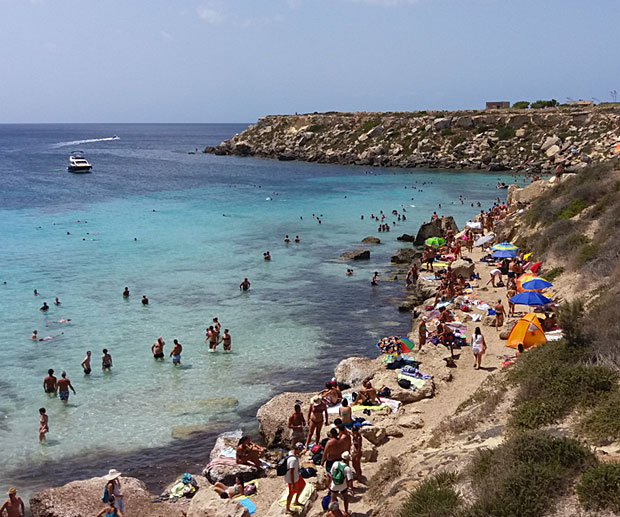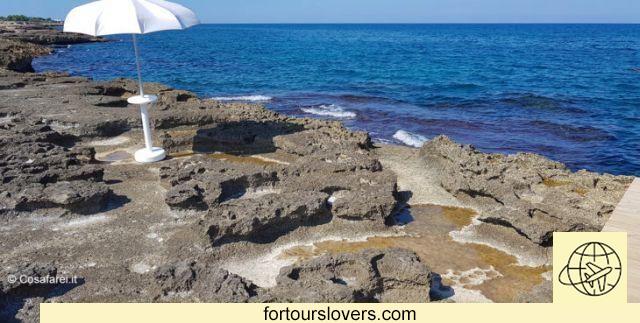
Monopoli
8 things to do and see in Monopoli and 1 not to doA journey to discover Monopoli and its surroundings
When we told Bari we mentioned the extraordinary beauty of the municipalities of the metropolitan area. In fact, everything that is missing, or is not fully exploited in the city, is found in abundance just a few kilometers away. With the further advantage of a lifestyle on a human scale, definitely more suitable for a regenerating holiday. A holiday that, in addition to the seaside aspect, also gives a lot under the historical-cultural profile. Our story starts from Monopoli and then extends to the other municipalities of the so-called "Land of Bari", each of which guardian of traditions and peculiarities of inestimable value. Happy reading.
1 Monopoli city
Unlike the Gargano and Salento, the part of Puglia known as the “Land of Bari”, which has one of the most important centers in the city of Monopoli, has only appeared in tourism in (relatively) recent years. On the other hand, this delay has helped to preserve the beauty of the city and its vast hinterland (agro-monopolitano) for longer. And there is really a lot to see, starting with the whole area around the city port, then moving on to characteristic old town where the contrast between the narrow alleys and the airiness of the squares stands out (Piazza Garibaldi, Piazza Palmieri and Piazza XX Settembre, the most famous). The other striking aspect of the historic center of Monopoli is the large number of churches. Above all, the Cathedral of Maria della Santissima della Madia (see next point) which, together with the Castle of Charles V and the Martinelli Meo-Evoli Palace, represents a triptych of historic buildings absolutely worth visiting. Lastly, but only for exhibition reasons, the sea. Although the coast is largely rocky and with high seabeds, there is the exception of Capitolo, a hamlet of Monopoli which instead offers white beaches and gently sloping seabeds, and therefore more suitable for families with children in tow. It is no coincidence, therefore, that tourism has developed more in this area with the birth of hotels, pensions, bed & breakfasts and all the rest of the associated activities normally associated with a seaside resort.
2 Cathedral of Maria Santissima della Madia
The importance of the Co-Cathedral Basilica of Maria Santissima della Madia goes beyond the religious aspect. An excavation campaign conducted in the 80s has in fact ascertained the human presence in these territories long before the Roman domination. More specifically, it emerged that the original 1442th-century Romanesque-style basilica was built on the ruins of an ancient pagan temple dedicated to the cult of Maia and Mercury. Consecrated in 700, the Cathedral over the centuries has undergone several extensions culminating in the XNUMXth century with the demolition of the previous Romanesque building to the advantage of a new baroque style church. A choice in line with the architectural dictates of the time but which also obeyed the need to adapt the building to the increased number of faithful. The church is divided into three naves, each with a different entrance portal. The side aisles host 4 chapels for one and end by meeting two flights of stairs which in turn lead to the Chapel of the Madonna della Madia. Chapel, in which in addition to the Byzantine icon of the Virgin, columns, decorations, polychrome marbles and refined and expensive friezes stand out, so much so that it took almost a century (from mid-700th to mid-800th century) to complete the work . In short, the cathedral of Monopoli is one of the most important churches in Puglia, and beyond. Do not miss the festivities of 14 and 15 August with processions by land and by sea and all the religious folklore typical of Southern Italy.
3 Caves of Castellana
One of the main factors of the tourist boom in the metropolitan area of Bari is certainly represented by Caves of Castellana (in the homonymous municipality of Castellana Grotte). Tens of thousands of visitors come every year from all over the world to admire this geosite less than twenty kilometers from Monopoli and about forty from the regional capital. The reason is the spectacle offered by the concretions of these caves of karst origin that extend for three kilometers in length to over 100 meters deep. Stalactites, stalagmites, flows, curtains, crystals and a thousand other calcareous evolutions characterize this underground landscape explored for the first time in 1938 by the speleologist Franco Anelli who is also entitled to the museum adjacent to the entrance. In reality, that of the Castellana Caves is a landscape in the making: there is scientific awareness of the existence of other tunnels and cavities beyond those already discovered, and who knows why one day it will not be possible to go even deeper than what happens today. Already what is there, however, leaves tourists bewitched who often combine this visit with that of the trulli of Alberobello (see next point). Both locations, in fact, are part of the Murgia, a sub-region between Puglia and Basilicata, which also includes the beautiful city of Matera (Basilicata), European Capital of Culture 2019. more information on the history, timetables and methods of visiting the Castellana Caves consult the Official site: www.grottedicastellana.it.
4 Alberobello
At the beginning we mentioned that a holiday in the "Land of Bari" is not just a seaside holiday. Alberobello is the proven proof of what has been said. Unesco World Heritage Site since 1996, this territory is about twenty kilometers from Monopoli and about 50 from the capital Bari. Its peculiarity are the trulli, houses dating back to the sixteenth century, with a singular conical shape and, what is more important, built without the aid of mortar. In short, dry-stone buildings built using the huge availability of limestone in the area. At the basis of this sui generis building technique, however, there was a precise economic motivation: the desire, on the part of the landowners, to avoid in this way the taxes due to the Kingdom of Naples for the settlement of new inhabited centers. A fiscal expedient which, however, evidently sharpened the ingenuity of the local workers, able to build houses that were anything but precarious despite the absence of mortar. Several things to see: the Sanctuary dedicated to Saints Cosma and Damiano; the Parish of Sant'Antonio da Padova, also in the shape of a trullo; and Casa Pezzolla, the historic district of Alberobello with the highest concentration of communicating trulli. Not surprisingly, this agglomeration was completely renovated between 1993 and 1997 and since then it has housed the Territory Museum with an exhibition of tools, artifacts and documents attesting to the lifestyle of the local people. Unmissable!
5 Polignano a Mare
The "pearl of the Adriatic" as Polignano a Mare is often called, is about 10 kilometers from Monopoli and about thirty from Bari. It is the birthplace of Domenico Modugno, the unforgettable interpreter of "Nel blu painted di blu" and "Meraviglioso", the latter song brought back to life some time ago by the Apulian band Negramaro. And, right in Modugno, a statue is dedicated on the city waterfront. Of course, the statue of the songwriter is not the only thing to see in Polignano. The historic center, with its Arab, Spanish and Norman footprints, attracts thousands of tourists from all over the world. To see, in particular, the Mother Church of the Assumption with its unique mix of Gothic, Romanesque-Apulian and Baroque. But that's not all, because there is something to see Monachile blade, the most famous of the inlets that furrow the rugged coast of the city. It is located west of the historic center and in the summer months it is particularly crowded: the suggestion of the place, together with the crystalline sea (Blue Flag for years), make this place one of the most famous and sought-after in all of Puglia. Also here in September the Red Bull Cliff Diving, an international diving competition which, in a few years, also thanks to the suggestive location of Polignano, has gained the growing attention of the public and the media. What fascinates and intrigues a lot, in the case of Polignano, is that the dives from over twenty meters take place from the balcony of a house overlooking the sea, one of the many in this wonderful town in Adriatic Puglia. Not to be missed!
6 Zoo Safari of Fasano
Together with the trulli of Alberobello, the Safari zoo in Fasano is one of the main tourist attractions of Puglia. That of Fasano, in fact, is the largest wildlife park in Italy and one of the most important in Europe. It covers over 30 hectares and is home to about 3000 animals: giraffes, zebras, lions, rhinos, Tibetan bears and many other species. All in semi-freedom and, most importantly, with the utmost respect for the needs and requirements of each. A part of the route inside the park is - as the name suggests (safari) - accessible by car. However, there are other routes: the pedestrian one, the little train area dedicated to primates (chimpanzees, lemurs and gorillas), the lake area (seals, white rhinos, hippos, brown bears, polar bears) and finally a large room dedicated to reptiles and other tropical species. In short, a park to live in, where you never get bored, and very suitable both for families with children and for schools that, in fact, more and more numerous choose the location for trips and ad hoc educational paths. For more information on history, activities, species present, timetables, visit methods and rates, consult the Official site: www.zoosafari.it. Obviously, if there is any way, the city of Fasano is also absolutely worth a visit. It is located in the center of an ideal triangle made up of Bari, Taranto and Brindisi (of which it is the province). To be seen!
7 Egnazia Excavations and Museum
A few kilometers from Fasano there is Egnazia, one of the most important archaeological areas of Puglia. It is an ancient urban settlement, originally the center of the Messapian civilization (Balkan population present in Puglia starting from the XNUMXth century BC), which however had its phase of greatest development in Roman times. The city port, in fact, with the Romans became a fundamental hub for trade between the Adriatic, Aegean and Black Sea, so much so that the toponym "Egnazia" would derive from the name of this maritime route, known precisely as "Via Ignazia". However, land connections also contributed to the development of the area. To be precise, the "Via Traiana", the Roman road connecting Brindisi and Benevento and an excellent alternative to the busier Appia. In short, Egnazia was for centuries a strategic commercial port between the West and the East, which then fell into disgrace after the end of the Roman Empire. The archaeological history of the site begins, however, in the nineteenth century: first the Napoleonic troops during the French decade of the Kingdom of Naples (1806-1815) and later the local population began to plunder vases, bronzes, jewelry and an infinity of others ceramic finds present in the necropolis. Only at the beginning of the 900th century the area finally passed into full state control. Even today, more than a century later, research continues, exploiting the presence of the nearby museum to inventory the finds as they come to light. Museum named after Giuseppe Andreassi, Superintendent for the archaeological heritage of Puglia between 1990 and 2009, as well as director of the archaeological area of Egnazia from the mid-70s to the mid-80s of the last century. For more information on history, visiting methods and opening times to the park and museum, consult the place: www.egnazia.eu.
8 Ostuni
Houses and streets painted white and women dressed in black. It was this contrast that ignited the imagination of Ettore Della Giovanna, the journalist to whom the paternity of that "The White City" with which Ostuni then became famous in Italy, and subsequently internationally. And, in fact, over 70 years after that definition (1941), the the main feature of the historic center remains the whitewashing of the town's houses, roofs and alleys. We are 218 meters above sea level, about forty kilometers from the provincial capital Brindisi and less than 10 from the coast. Coast bathed by a crystalline sea, for over 20 years awarded with the "Blue Flag" and the "Five Stars" of Legambiente. With these premises, tourist fame has come by itself. Special mention for the beautiful farms of the hinterland and the numerous churches both in the old part and in the more recent town. Above all, of course, the Basilica of Santa Maria Assunta with its beautiful late Gothic facade. To be seen!
1 Don't come without a car
Visiting the Metropolitan City of Bari and the Valle d'Itria without a car is not advisable, at least it is advisable to rent one to be able to move easily to the beaches. This is because the distances are quite long and public transport is congested, especially during the summer. Obviously the car also affects the choice of accommodation, especially if the preference goes to hotels, bed & breakfasts and pensions located in historic centers. In this case, it is necessary to consider the availability of parking spaces, as well as any limitations due to the presence of restricted traffic areas.




